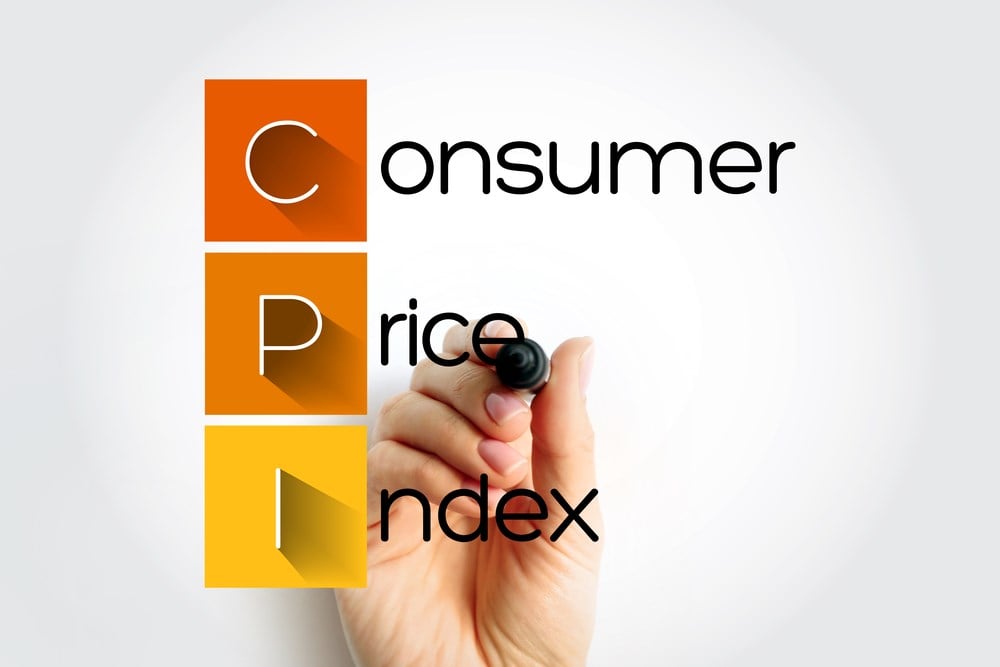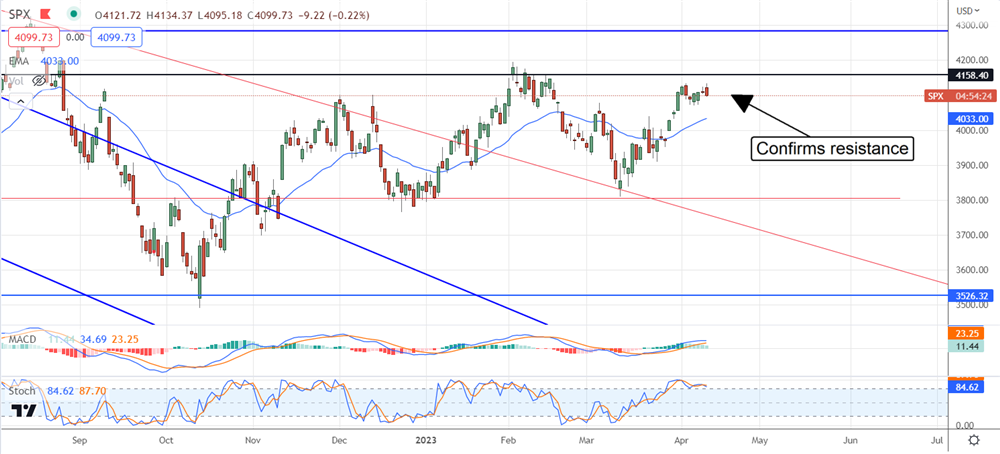
The March CPI report sent a ripple of relief through the market, and the S&P 500 (NYSEARCA: SPY) moving higher, but don’t go chasing prices. The report was better than expected but had too many buts to count. The takeaway is that consumer-level inflation moderated monthly but remains hot compared to last year, and there is reason to believe it will reaccelerate soon.
The headline figure of up only 0.1% got the market moving. This is down from 0.4% the previous month and the slowest pace of inflation in years. The bad news is that inflation is still rising by 5.0% compared to last year, a cause for concern. The core figures could have been more positive, which casts a shadow on the headline figures.
The core figures, which exclude housing and energy, are up 0.4% YOY, a tenth less than expected, but up 5.6% compared to last year and as expected. What makes the core figures so alarming is that core inflation is what the FOMC watches, not the headline, and the drivers of headline inflation are not stable.
Headline inflation was driven by a robust gain in housing costs that were only partially offset by a decline in energy prices. The rise in housing costs is expected to moderate but not correct to lower levels, given the high demand for homes and oil prices (NYSEARCA: USO) are rising again. The rise in oil prices is the most significant risk for the market and the economy. OPEC+Russia has the supply/demand balance tilted firmly in favor of supply, with the energy price increasing.
Because energy is an input cost at all levels of the economy, the price increase will compound inflation and drive another round of sustained inflation increases and negative feedback loops. As it is, the analysts are targeting $100 oil, which may be a cautious estimate.
Peak Inflation? Not Likely
The market is pricing in peak inflation and interest rates, which may need to be corrected. The CME’s Fedwatch Tool is pricing in a 72% chance of 1 more 25 basis point hike, as indicated by the Fed, with little chance of increases afterward. The next meeting is in 3 weeks, and the market expects a signal of when the first cut may come. This is despite the upward trajectory of WTI, which happened to break out to a new near-term high this week.
The more likely scenario is the Fed may indicate a pause to allow the data to come, and that is where the risk lies. The data may confirm slowing over the next month, but with oil prices rising, inflation-beating price hikes will also be in the news. In that scenario, the Fed may have to extend its string of interest rate hikes by another meeting or 2 and possibly at a 50 basis point clip.
What has this to do with the S&P 500? Everything. The rise in interest rates makes it more expensive to do business, raise capital, and harder to get loans, weakening demand and curbing spending. The risk of a recession aside, the rise in interest rates and inflation will impact the outlook for earnings which is already trending lower. As it is, the consensus estimate for the calendar year 2023 S&P 500 earnings growth reported by Factset is only 1.2%. This is down from nearly 6.0% at the start of the year, and it may turn negative before the end of the Q2 earnings reporting season.
The Technical Outlook: The S&P 500 Confirms Resistance
The S&P 500 got a boost from the CPI report, but it was short-lived. The index turned negative before noon, confirming resistance at the 4,130 level and below the prior resistance. This is a bad sign for the bulls as it shows the bears creeping forward. Without a positive change in the outlook, the market is heading for a retest of the short-term 30-day moving average and possibly lower levels.







